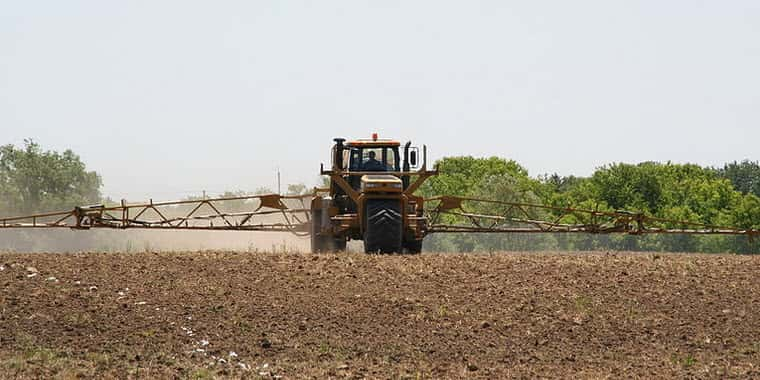A dramatic rise in fertilizer prices is weighing heavily on U.S. crop farmers and input suppliers as they prepare for the 2022 planting season. Prices for nitrogen-based fertilizers commonly used for corn production have skyrocketed to all-time highs in recent months. Fertilizer price increases are being driven by nitrogen production challenges, tight global supplies, rising natural gas costs and steady demand.
According to a new report from CoBank’s Knowledge Exchange, fertilizer prices are expected to remain elevated for at least the next six months and throughout the 2022 spring agronomy season. The report also suggests that while U.S. soybean acres will rise nominally compared to 2021 as a result of higher fertilizer prices, the total volume of soybean acres will not exceed corn acres in 2022.
“The sharp rise in fertilizer prices has fueled speculation about a major acreage shift away from corn,” said Kenneth Scott Zuckerberg, lead grain and farm supply economist with CoBank. “We don’t see that happening in 2022. The current price ratio of soybeans to corn shows that soybean prices remain weak compared to corn. And demand for corn among U.S. ethanol producers is expected to remain strong given the current high fuel prices and record blending margins.”
Larger acreage shifts from corn to soybeans are likely in the longer term, however, as production of biofuels such as renewable diesel lean more towards soybeans versus corn, Zuckerberg added.
U.S. crop farmers and farm supply cooperatives are facing operational anxiety heading into 2022, driven by high fuel prices, shortages of agrochemicals due to COVID-related disruptions and, most importantly, the parabolic rise in fertilizer prices.
To put the rise in fertilizer prices into perspective, the benchmark Green Markets North American Fertilizer Index has risen by 265% since May 2020 and there is little reason to expect it to reverse any time soon.
Several factors have played a role in exacerbating the supply-demand imbalance for fertilizers. Higher natural gas prices due to production shocks in China and England have been a major factor. A temporary shutdown of CF Industries’ Donaldson fertilizer facility in Louisiana—the world’s largest nitrogen operation—contributed to supply challenges, as did fertilizer export restrictions by China and Russia.
Farm supply cooperatives appear to be managing risk much more effectively today compared to 2008-09, when a sudden drop in fertilizer prices forced some cooperatives to write down fertilizer inventory.
During the fertilizer spike of 2008, several U.S. cooperatives that had built and held sizeable inventories faced large negative valuation adjustments and inventory write-downs once fertilizer prices pulled back to average levels. Given today’s market dynamics, few cooperatives are attempting to capture a carry in fertilizer markets and most retailers more actively manage risk by contracting with farmers at specific price terms depending on wholesale fertilizer costs.
Read the report, Fertilizer Inflation Likely to Persist into Spring Planting
###
CoBank


